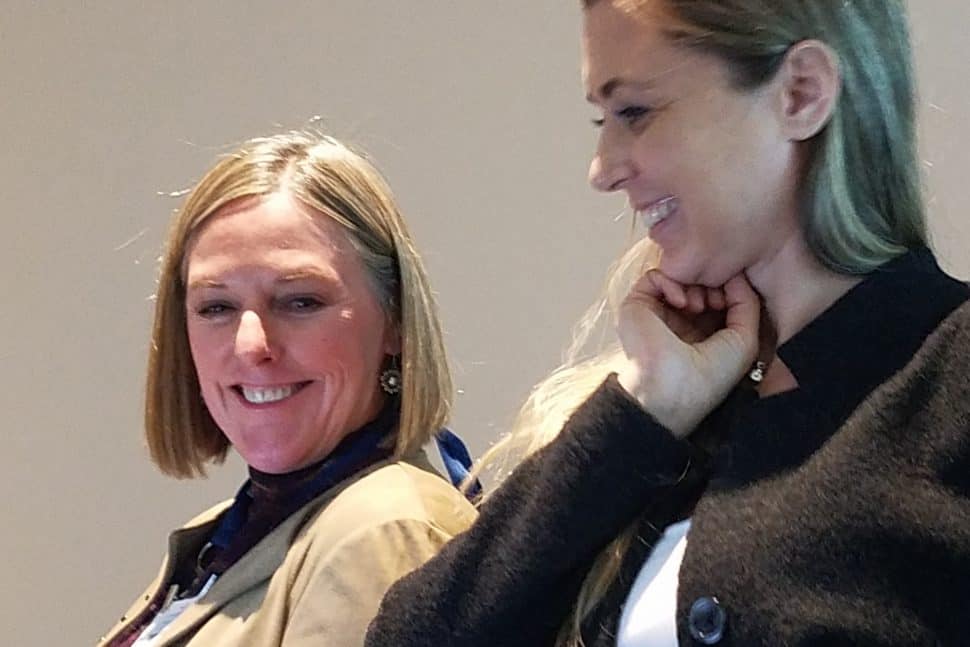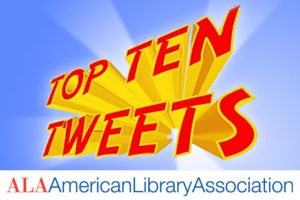
The American Library Association (ALA) launched a Libraries Ready to Code initiative in January 2017, funded by Google, to train public and school librarians to design programs that encourage K–12 students to develop skills in computer science and computational thinking. A Friday afternoon workshop, sponsored by ALA’s Office for Information Technology Policy (OITP), offered an update on the process and gave attendees a chance to exchange ideas and feedback on their own training efforts. An educational toolkit providing resources and guidance for librarians will be released during National Library Week in April.
Nicky Rigg, Google’s computer science education manager, said that the project’s primary focus was on inclusion and diversity, targeting girls and others who are not typically encouraged to develop math and computing skills. “We are still learning from this process,” she said. “In addition to tangible resources, such as teaching aids, that are being designed, we’ve found that a fluid and adaptable mindset is key for librarians who are managing these programs. Facilitation skills are often more critical for them than coding expertise.”
OITP is also partnering with the National Center for Women and Information Technology (NCWIT), which is headquartered at the University of Colorado Boulder, and whose AspireIT outreach program matches high-school and college women (“near peers”) with K–12 girls to mentor them in computer and math skills. Jennifer Manning, AspireIT program director, said that this spring, several public libraries are bringing in AspireIT trainers as part of a pilot program to introduce young patrons to coding and increase their confidence in their computing abilities.
Lecia Barker, senior research scientist at NCWIT, said that social biases, negative perceptions, and gender stereotyping can easily discourage students from pursuing interests in math and computing. “It’s difficult to dislodge deep-seated, subconscious beliefs,” she said. “Librarians can recruit kids to make future career choices by providing targeted programming that instills in them a sense of belonging, identity, and confidence. Creating a welcoming environment through positive images can overcome cultural reticence.”
Barker said that librarians can develop activities, assignments, and examples with embedded messages that appeal to students’ sense of fun and social value. Even a graphic showing a robot doing something socially useful communicates a more positive image than one depicting a robot as a silly, mindless toy.
NCWIT offers several online resources that emphasize the importance of connecting girls and young women to computer skills.


